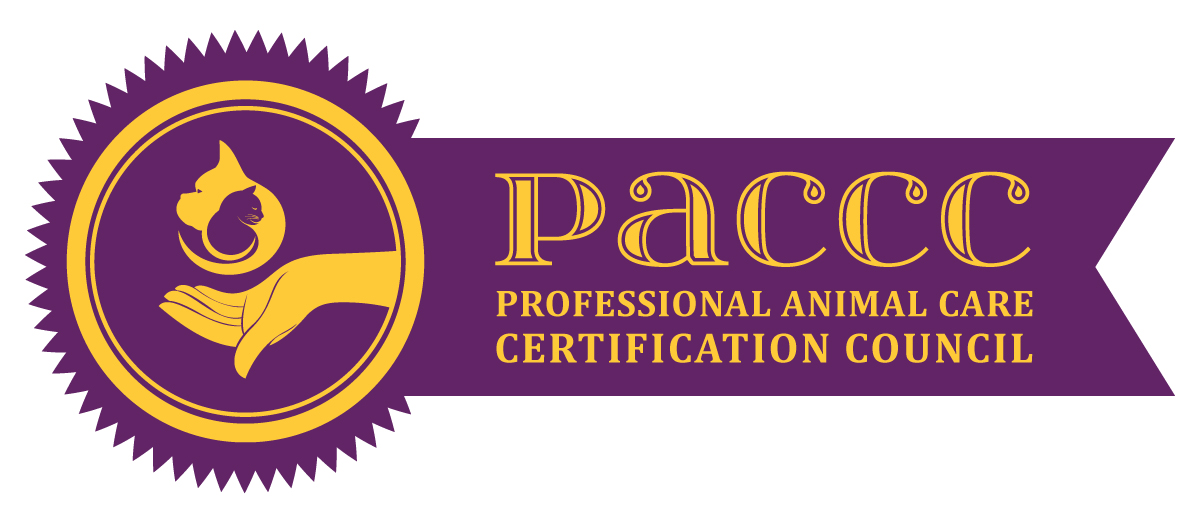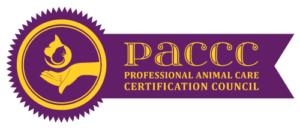6 CEU Pet First Aid and CPR - Certified Pet Care Professionals
PACCC CERTIFIED DIRECTORY
There are three levels of PACCC certification: Certified Professional Animal Care Provider (CPACP), Manager (CPACM), and Operator (CPACO). The exams are appropriate for the position level one holds in the industry. To initially qualify for the exams, the following individuals had to meet significant minimum education and work experience requirements, as well as provide letters of reference from veterinarians and other pet care industry professionals. They then had to successfully pass an in-depth exam, conducted in-person at an approved PACCC testing location. The first level of certification is CPACP, followed by CPACM which requires an increased level of education and experience, and then CPACO which requires even more. An advanced certification level does not require initial certification at another level. For example, becoming a CPACM does not require initial certification as a CPACP. The exams are appropriate for the position level the professional holds in the industry.
By becoming independently certified, these professionals are pet care pioneers and leaders in pet safety. To remain certified, a minimum amount of continuing education credits must be met.
If you are a Certified Professional but your contact information in our directory is incorrect, please let us know by clicking the button below.
Congratulations to these pet care professionals who have achieved PACCC certified status.
Looking for a PACCC certified pet care professional? You’ve come to the right place! Use the “Search” function if you know exactly who you’re looking for or the “Select Category” dropdown function to find a credentialed pro in your area.
6 CEU Pet First Aid and CPR

Pet First Aid and CPR
Biography
In this course, students are taught how to assess a pet’s vital signs, how to prevent and prepare for an emergency involving a pet, and how to respond to, identify and treat a variety of medical ind injury related emergencies for a dog or cat. This class is NOT a substitute for veterinary care, but how to minimize suffering and further complication until a pet can be given veterinarian care. This class addresses scene and personal safety, trauma, shock, environmental emergencies, poisoning, anaphylaxis, bloat and other medical emergencies, choking, rescue breathing and CPR. Class includes hands on training, CPR evaluation and a 25 question quiz.










